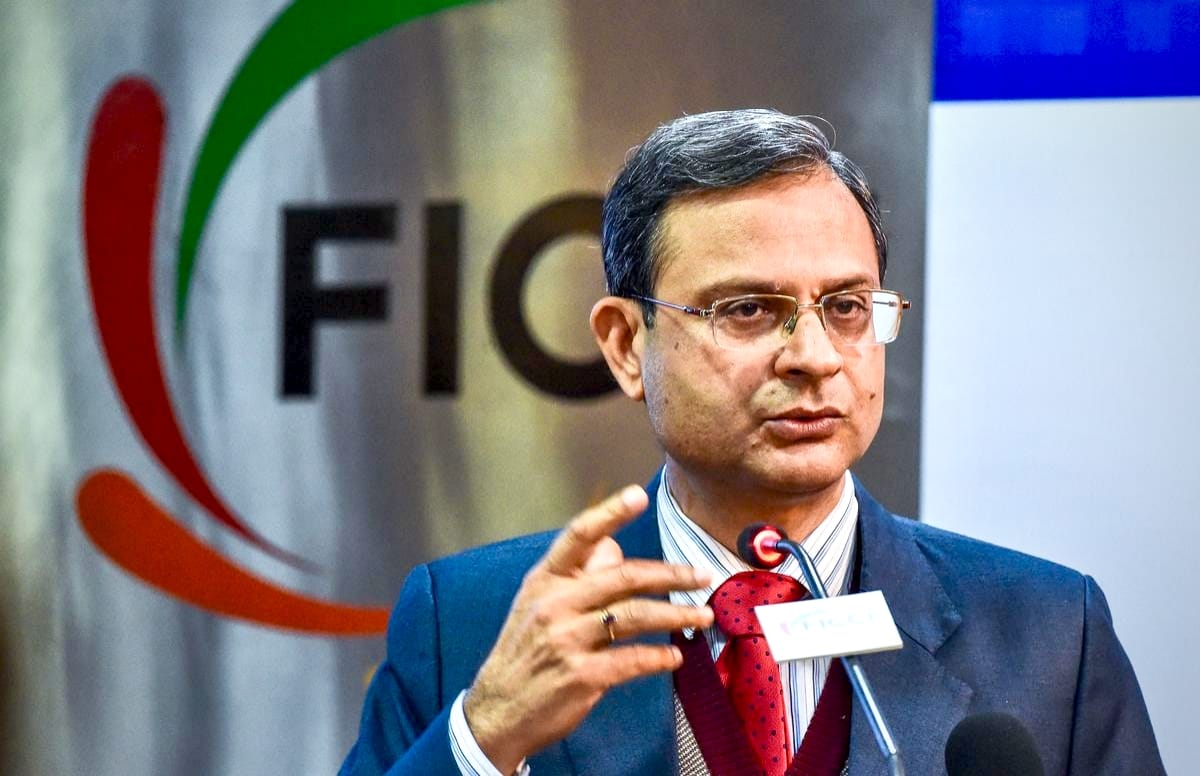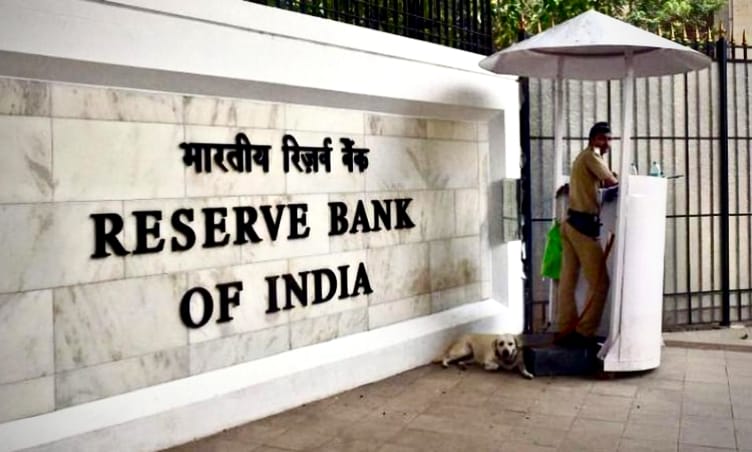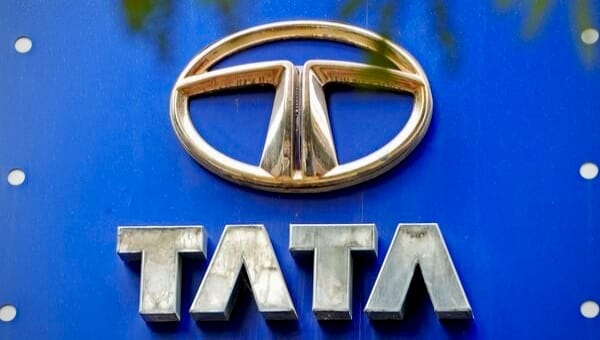
SUMMARY by MONEYFINT
-
India’s central bank spent an estimated $3–4 billion to defend the rupee at 88.80/USD, setting a firm resistance level against rapid depreciation.
-
The intervention aims to stabilize the economy amid 5.5% CPI inflation and avert capital flight as the DXY strengthened 0.7% to 106.15.
-
The move follows Brent crude’s rise to $92.50/barrel and $1.5 billion in foreign investor equity outflows during October, curbing the rupee’s 2.8% quarterly fall.
-
Import costs for crude and essentials have risen, pressuring corporate margins and inflation, while bond yields ticked up 3 bps to 7.37%.
-
With forex reserves down $2.2 billion to $604 billion, the RBI’s continued ability to intervene will depend on global commodity trends and U.S. Federal Reserve policy.
India’s rupee hit 88.80 against the dollar Thursday, forcing the Reserve Bank of India to sell an estimated $3-4 billion to stem rapid depreciation. The central bank deployed significant dollar reserves in spot and forward markets, signaling its commitment to currency stability.
The aggressive intervention aims to shield India’s economy from imported inflation and prevent capital flight, crucial for investor confidence amid global monetary tightening and broader macroeconomic stability.
Confirmed by currency dealers, the RBI’s immediate action came as Brent crude oil prices climbed to $92.50 a barrel and the U.S. dollar index (DXY) rose 0.7% to 106.15. This intervention significantly drew down India’s foreign exchange reserves by $2.2 billion, which stood at $604 billion as of October 25, underscoring the high cost of currency defense.
“The RBI is sending a clear signal that 88.80 is a line in the sand, at least for now,” said Anjali Singh, chief strategist at Zenith Capital. “History suggests defending such a barrier requires substantial firepower.”
These actions prioritize managing inflation, with India’s Consumer Price Index (CPI) at 5.5% in September, above the RBI’s 4% medium-term target. The bank has maintained its benchmark repo rate at 6.50% since February.
Veteran market participants recognized the RBI’s strategy. “This pattern echoes the 2013 ‘taper tantrum’ episode when the RBI similarly defended the rupee by tightening liquidity and direct intervention,” noted Rajesh Kapoor, head of FX research at Indus Global Bank. Kapoor emphasized that preserving financial stability and anchoring inflation expectations remains paramount for the RBI.
A weaker rupee directly increases costs for Indian importers of crude oil and electronics, fueling domestic inflation. While exporters typically benefit, uncontrolled slides create market uncertainty, hindering long-term investment. India’s benchmark 10-year government bond yield edged up 3 basis points to 7.37% on Thursday, reflecting the liquidity impacts of currency interventions.
The RBI primarily intervenes in the spot market by selling dollars and buying rupees, also using the forward market to manage expectations without immediate spot liquidity impact. Persistent rupee pressure stems from elevated global crude oil prices, a strengthening U.S. dollar, and robust U.S. economic data.
India’s current account deficit for the first quarter of fiscal year 2024 stood at 1.1% of GDP, a figure the central bank closely monitors. Foreign institutional investors net sold $1.5 billion in Indian equities in October, fueling the rupee’s downward momentum.
Looking ahead, the RBI’s capacity to defend the rupee hinges on its foreign exchange reserves, the trajectory of global commodity prices, and the U.S. Federal Reserve’s monetary policy path. While effective in the short term, aggressive intervention risks drawing down reserves, potentially limiting future flexibility and forcing a strategic recalibration against maintaining healthy reserve levels.







